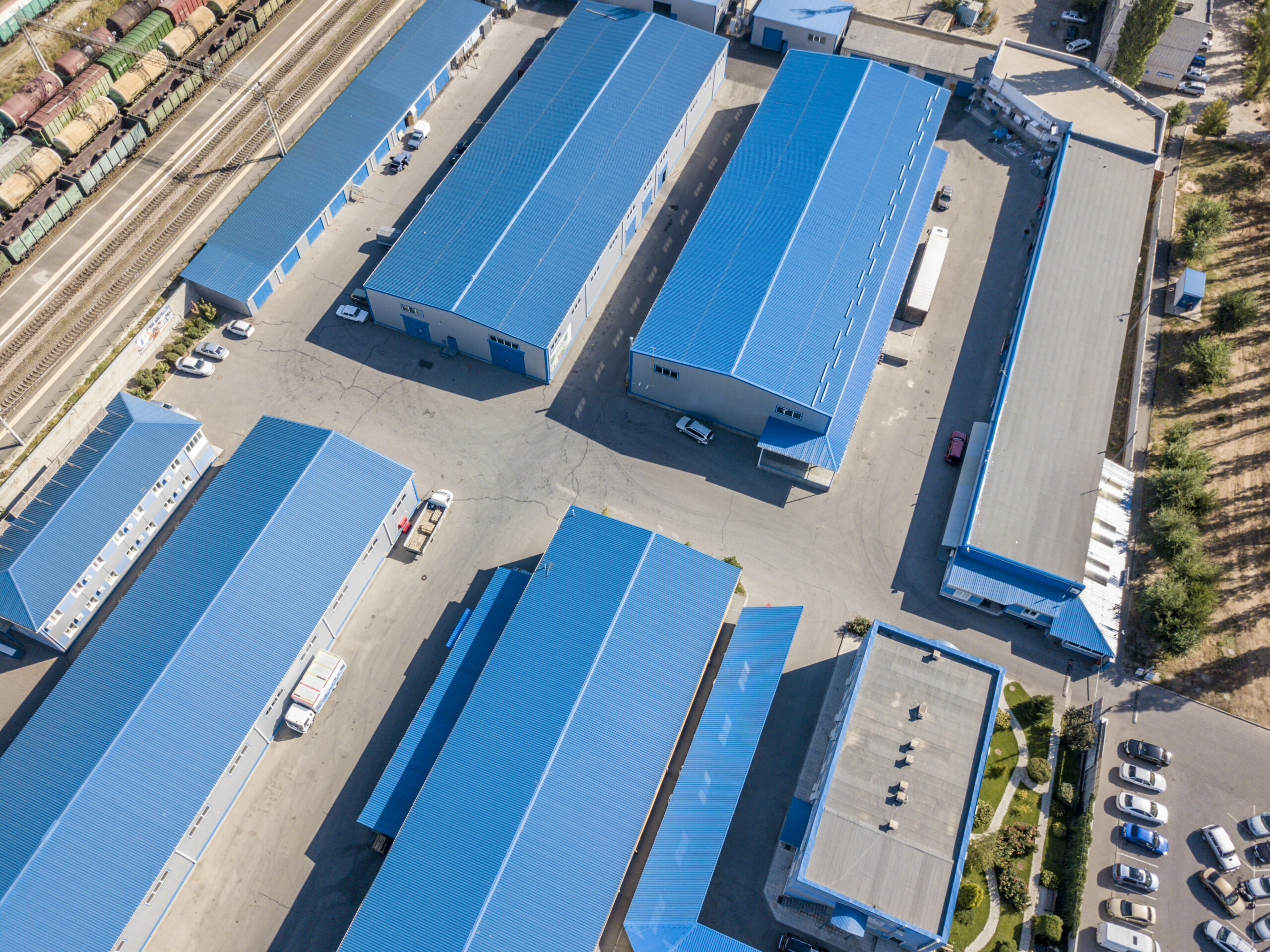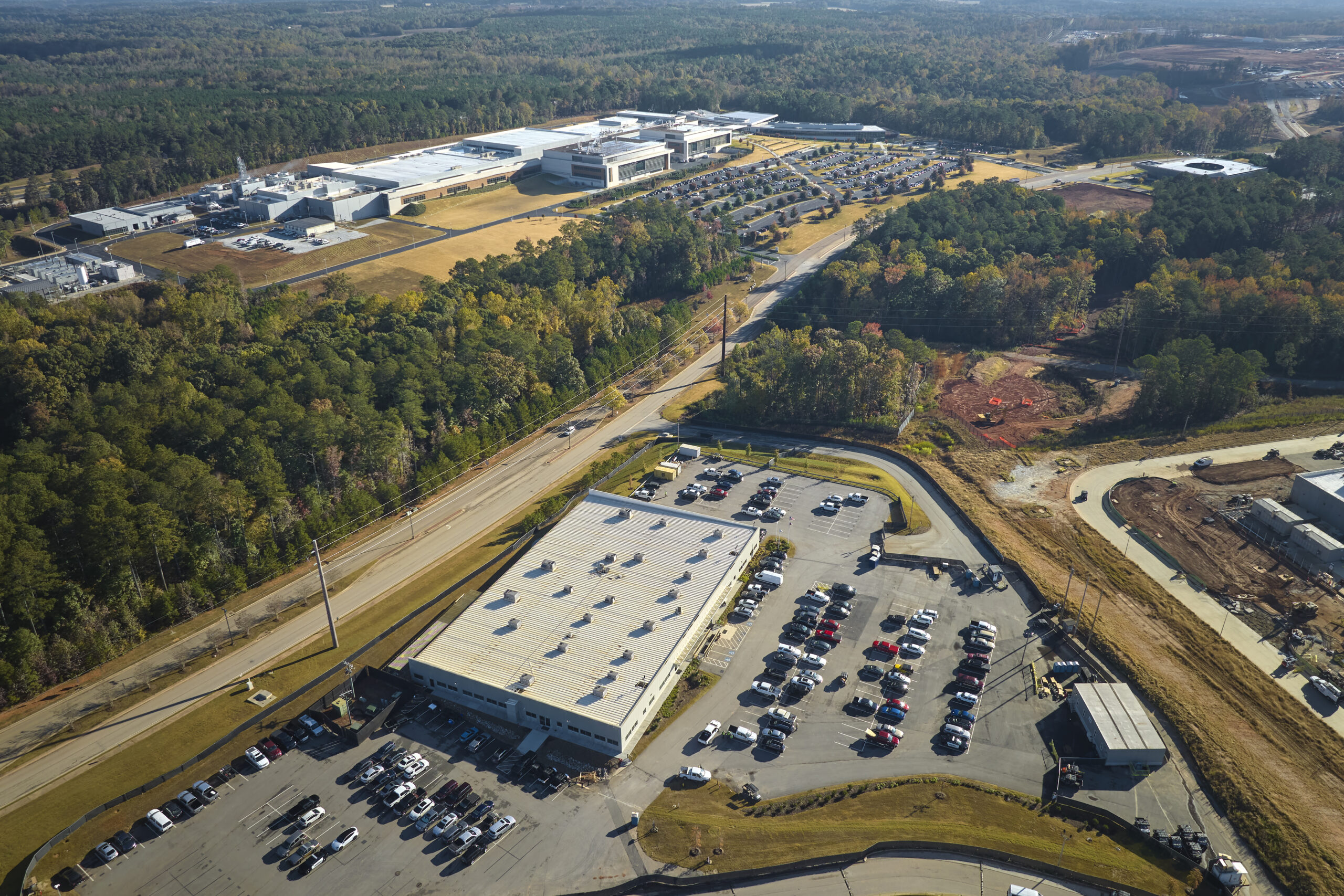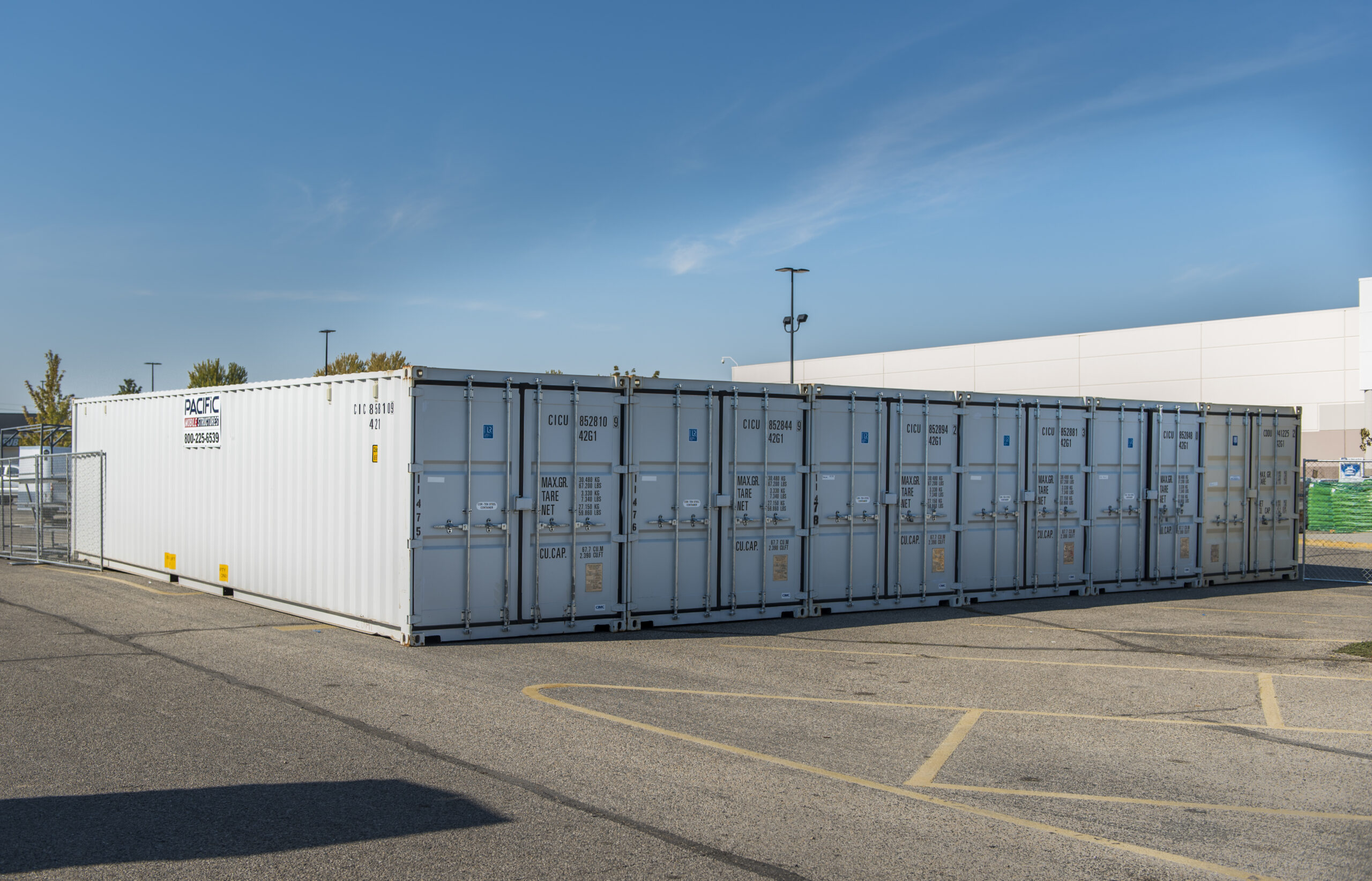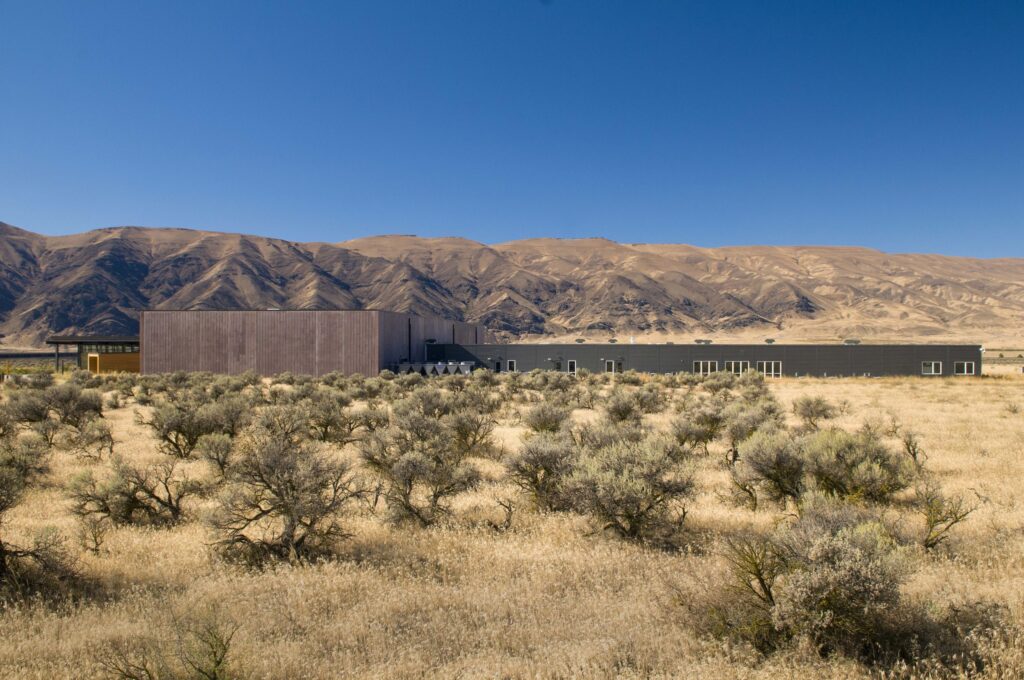
Is it Modular?
Welcome to Pacific Mobile Structures’ new series, “Is it Modular?” I’m your host, Meg Dowaliby, and I’m going to take you on a journey around the world to look at unique buildings. Together we’ll learn whether or not they were constructed with modular construction practices.
Before we get started, it’s important to note that modular construction isn’t a new way of building. In fact, it’s a construction method that dates back to ancient Rome. Modular construction evolved from traditional stick-built construction as a more efficient way of building. To this day, modular construction is being used all around the world because of its unparalleled advantages and efficiencies. Modular construction is:
- Greener: The factory-controlled process generates less waste, creates fewer site disturbances and allows for tighter construction.
- Faster: Construction of modular buildings occurs simultaneously with site work, allowing projects to be completed in half the time of traditional construction.
- Smarter: Modular buildings are built with the same materials and to the same building codes and architectural specifications as traditional construction. Once assembled, they are virtually indistinguishable from their site-built counterparts.
With modular construction, site development and foundation work happen simultaneously with the construction of the building at the factory making it 30%-50% faster than traditional stick-built construction.
Wherever you are in the world, chances are you’ve passed by a modular building without even realizing. That’s because the end result of modular construction is indistinguishable from those of traditional stick-built construction, and in many cases surpasses the capabilities of stick-built construction.
With that, let’s kick things off with our first building!
For our first building we’re traveling to one of the rainiest cities in the United States, Seattle, Washington. Here, we have the Stack House Apartments. Is it modular?
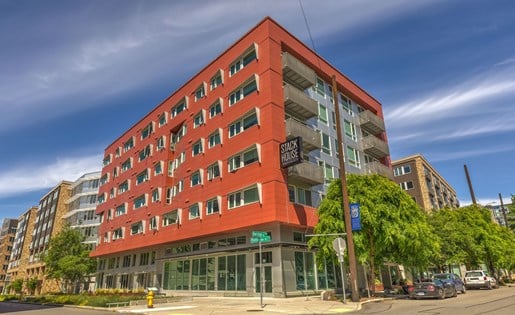
YES! This five-story residential building was built in nine months using modular construction techniques, which allowed for faster construction and reduced costs. The building has a unique design that incorporates staggered and offset balconies to create a dynamic, visually interesting facade. In a city like Seattle, modular construction just makes sense. While it’s wet and stormy outside, the modules of a building are constructed in the warmth and dryness of a factory. In the case of the Stack Apartments, that means that additional housing could be added to a city starving for it in a snap.
Let’s say “cheerio” to Seattle and head to London! Here we have a building called “The Ark.” Is it modular?
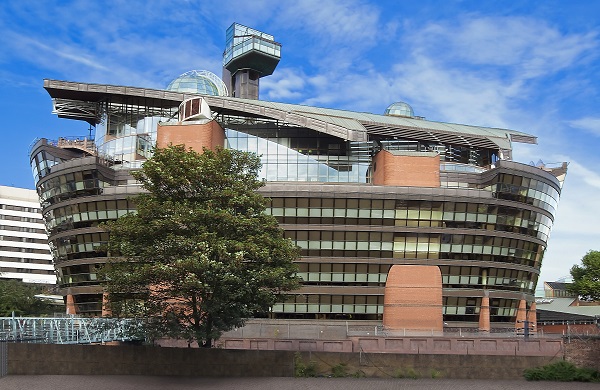
YES! This nine-story office building is made up of 1,400 modular components that were manufactured off-site and then assembled on site in just nine months. It was designed to be as environmentally friendly as possible, featuring solar panels, rainwater harvesting, and a green roof. I bet you’re gobsmacked when you look at this building now knowing it’s modular! I know I am!
Don’t be too quick to pack up your luggage and put it in the boot. We have one more incredible building to see while we’re here! Check out BoxPark. Is it modular?
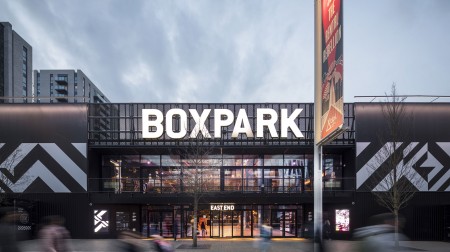
YES! This unique shopping center is made up of more than 60 shipping containers that were stacked and modified to create an innovative retail space, giving it a distinctive and sustainable look. It was completed in 2011 and took approximately 12 weeks to assemble on site.
Phew! All this travel is making me want to “kip down.” How about we travel to the city that never sleeps and stay at the CitizenM Hotel in New York City! But wait, I have a question first: Is it modular?
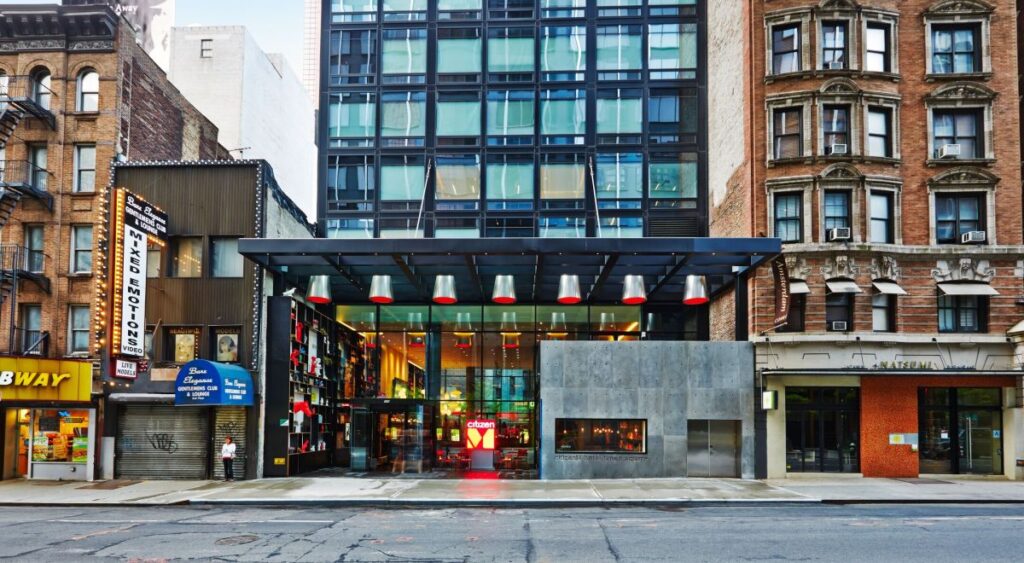
YES, it is! (You’re catching on, aren’t you?) This 19-story hotel was built using modular construction techniques, which allowed for faster construction and reduced costs. Its modular design allows for easy customization and reconfiguration, making it a highly adaptable space.
The sun is setting here, but in Austria people are getting ready to go to work. Shall we go see where some are headed to go to work? Let’s go to the Lifecycle Tower ONE in Dornbirn, Austria. Is it modular?
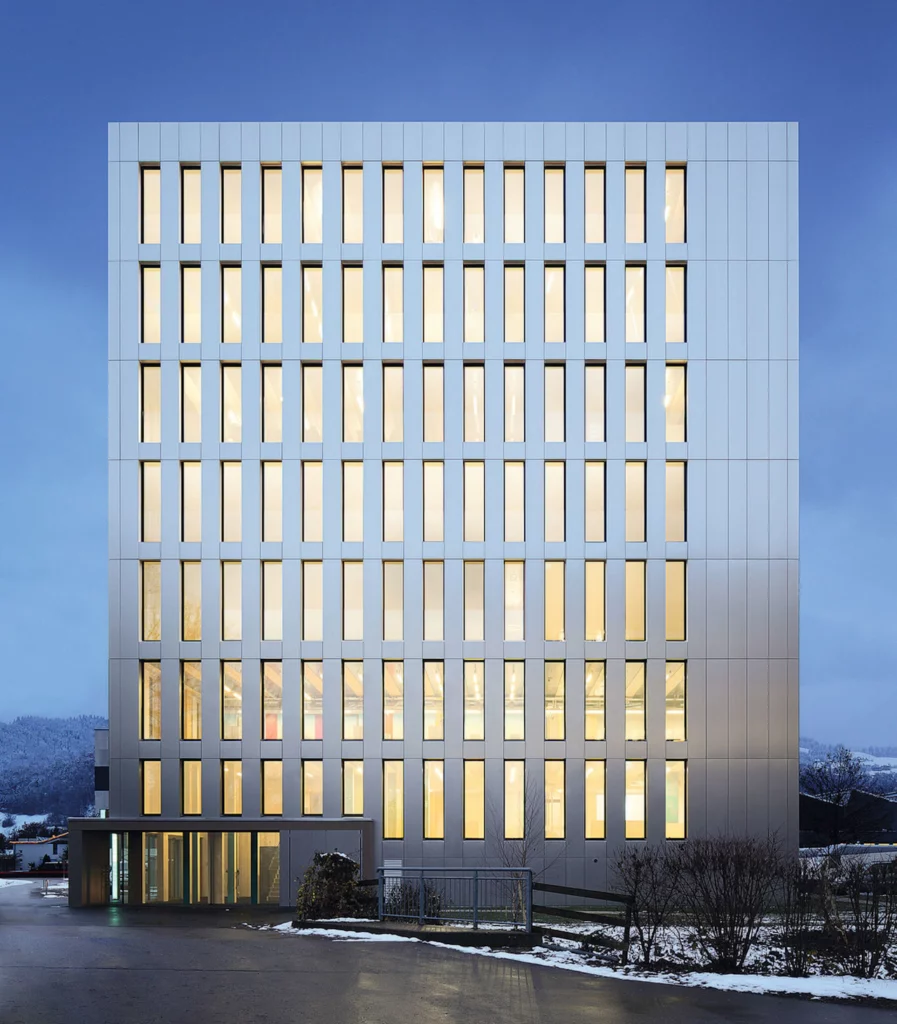
YES! This six-story office building is made up of prefabricated modular units that were assembled on site in just a few weeks. The building’s unique polyhedral shape and the use of glass facades create a visually striking and modern look. Es ist schön!
Okay, that was fun. But let’s go back to New York City – Brooklyn specifically to check out a very tall building called the B2 Tower. Is it modular?
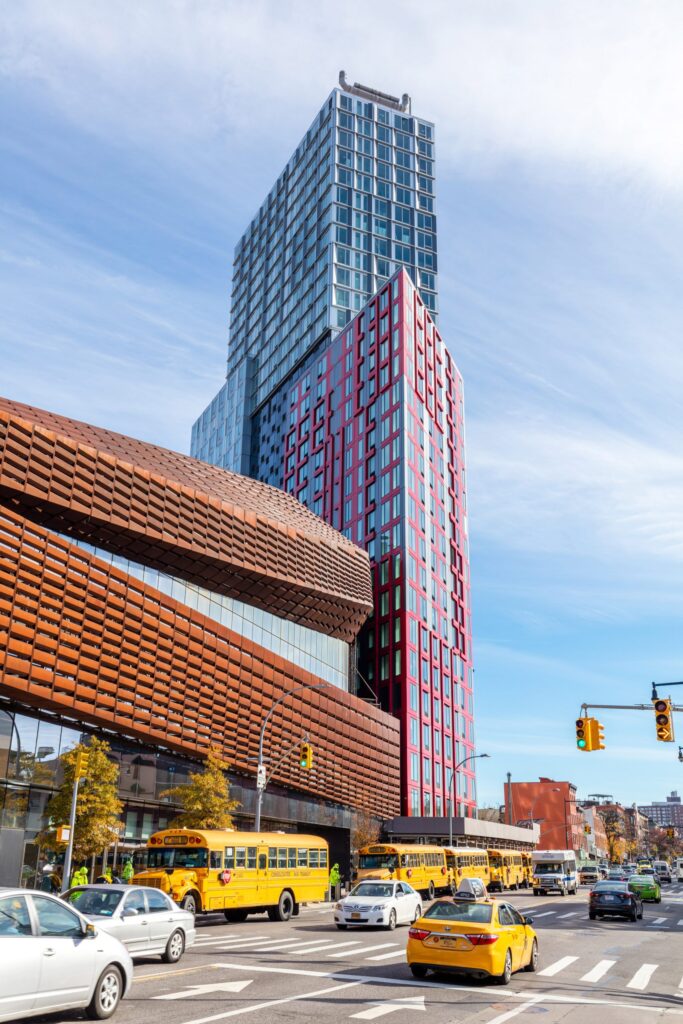
YES! In fact, this 32-story residential tower is the world’s tallest modular building, standing at 359 feet tall. Its 930 steel modules were manufactured off-site and then assembled on site in just 18 months.
Want to hop on the subway and head up to Midtown with me? Here in Midtown, we have The Pod Hotel. Is it modular?
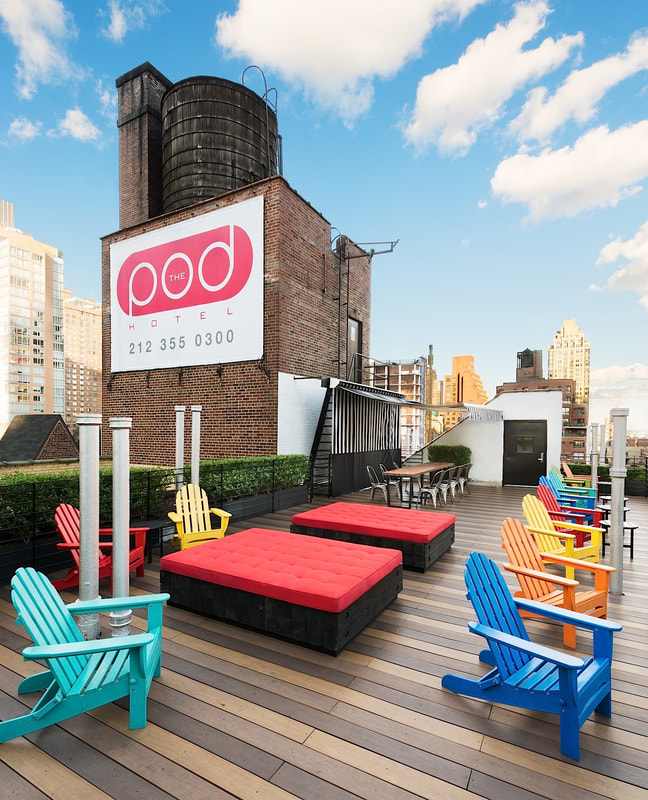
YES! This 14-story hotel is made up of prefabricated modular units that were assembled on site in just four months. You read that right, FOUR months. The hotel’s modular construction allowed for a fast and efficient construction process, with each module taking just two weeks to construct. How’s that for a New York Minute?
While we’re on the topic of hotels, let’s head to Oklahoma City to see the Marriott AC Hotel there! Is it modular?
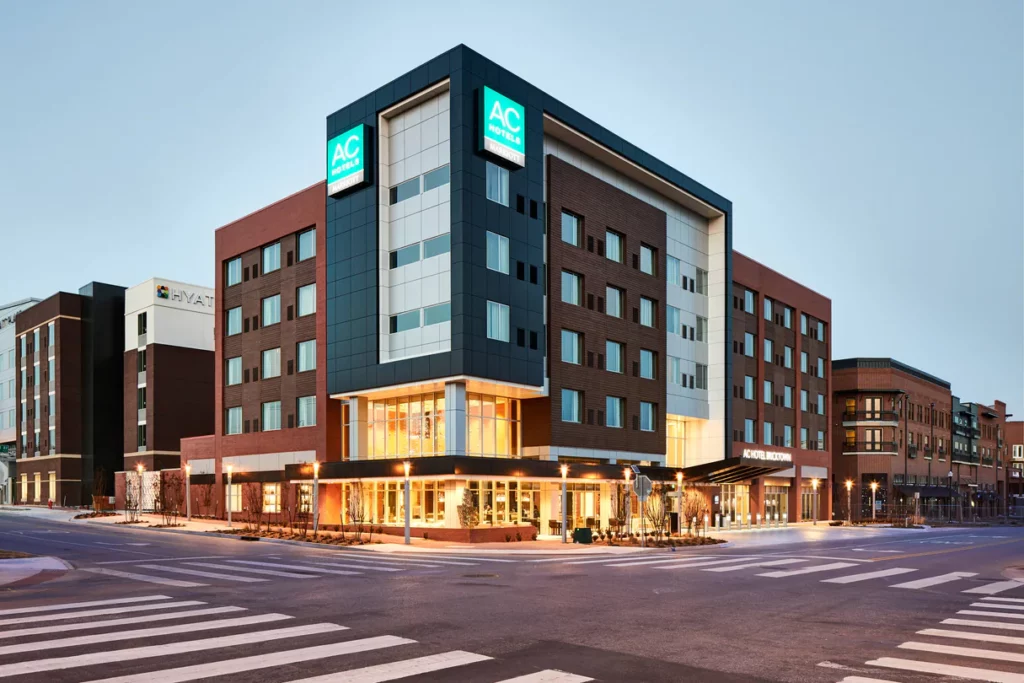
You guessed it, YES! This six-story hotel was built using modular construction techniques, which allowed for faster construction and reduced costs. Its modular design allowed for faster construction, with the building taking just 90 days to assemble on site. That’s even faster than The Pod Hotel! That’s the power of modular.
Our second to last stop is in the land of fjords and northern lights. Norway anyone? For our next building, we won’t even leave the airport when we fly into Oslo. Why? Because the Oslo Airport Expansion is our destination! Is it modular?
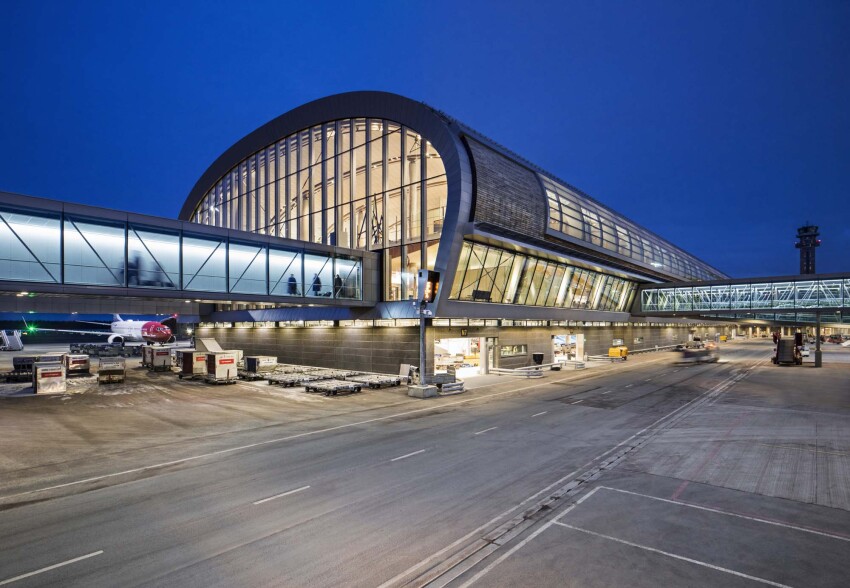
YES! This expansion of Oslo’s airport included a modular-built pier that was assembled on site in just four months. The airport’s modular-built pier was designed to allow for easy expansion and flexibility in the future, with the option to add or remove modules as needed. Pretty neat, right?
Next up is our last stop and we’re headed back to the state we started in – Washington State! In Mattawa, Washington is the Wanapum Heritage Center. Is it modular?

YES! Was it built by yours truly, Pacific Mobile Structures? Also, yes! This beautiful building serves as the administration and archival wing for the Wanapum Heritage Center. More than 60 years in the making, the Wanapum and the Grant County Public Utility District joined to bring a culture to life and generations together. A traditionally built heritage center kept its profile down to follow the flow of the mountainous landscape along the Columbia River without standing out. PMSI installed 18 modules seamlessly joining that traditionally built center to house the museum’s offices, conference room, recording studio, archival library, restrooms and full kitchen for the employees and the culture’s history. Within the modular building, the natives are able to look out to the incredible view along the river knowing the building they work in to maintain their heritage does not take away from the land they hope to honor. The skylights also allow the employees to keep the lights off throughout daylight hours if they choose.
And that’s a wrap! I hope you enjoyed this journey around the world as much as I did. The next time you see a cool and interesting building, I hope you ask yourself: Is it modular? The answer just might be, YES!

